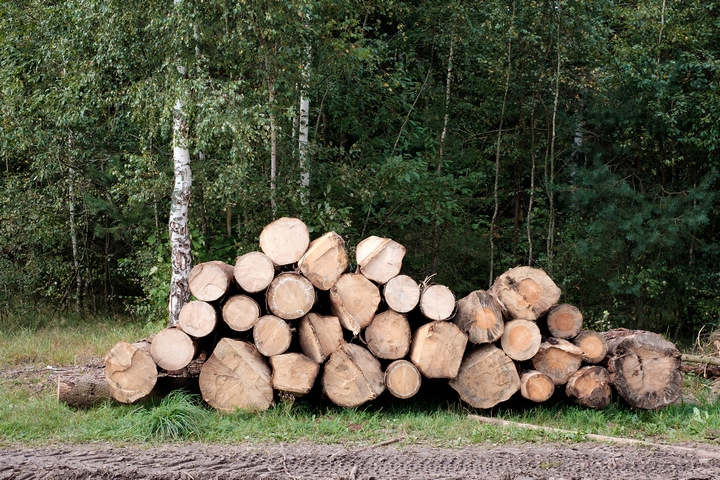6 Ecofriendly Guidelines for Green Architecture Materials

With everyone being more environmentally conscious, including businesses, even the world of architecture has got involved. Many places in the world now focus on environmental sustainability when it comes to buildings. Green architecture is about eco-friendly houses and buildings and designing them with energy efficiency in mind.
Green architecture materials use energy efficiently and offer good thermal performance. It also includes proper management of resources, saving on construction costs and water efficiency. Let’s take a closer look at some of the materials used in green architecture to understand the philosophy better.
1. Recycled Materials

Needless to say, this is obviously a given! Recycled content has to be used in green architecture simply because of its resource efficiency. Instead of depleting virgin material, using something that has been treated for use again saves so much money, energy and resources.
Cardboards, paper insulation, denim, stone, steel and cotton insulation are all good examples of recycled materials. These use less energy to process and use less chemicals. Paper can be treated so that it can stand up to heat and even fire which is why it can be used as insulation in buildings.
2. Greenhouse Gas Emissions

Many of the recycled materials used, especially those mentioned above, have preference over other materials because they use less energy and as a result, the greenhouse gas emissions are also reduced. Even sustainable concrete can be made from crushed glass, wood chips and slag (a stony waste matter). All of this results in less wastage and can be cost saving too.
3. Obtaining Materials

A lot of green architecture materials can be obtained from naturally occurring sources. However, they have to be renewable and relatively abundant in nature, like solar tiles and certified wood.
4. Salvaged & Refurbished Materials

Items that are remanufactured and refurbished and even salvaged can still be used to create good value. The good thing is, a lot of these materials would have been disposed and even made their way to the landfill. By taking these materials, many of which can be repaired, renovated or improved, what would have been garbage and added to the landfill now becomes a valuable building resource.
Even recyclable and reusable materials, previously used, can be given a new lease of life as it can be used in construction. Many such items are actually still in relatively good condition. Things like old doors as well as old plumbing are good examples.
5. Longer-Lasting Materials Advantage

Many materials that last a long time can also be viewed as environmentally friendly because they do not have to be maintained or replaced as much. The more durable, the better. The advantage of durable materials is that they are more likely to be reused since they are in good condition and have a good recyclable value.
6. Materials That Are Non-toxic

For the use in green architecture, non-toxic materials are highly desirable. The likelihood of materials being carcinogenic or having irritants are very much unlikely.
Other materials of importance are those that are resistant to moisture. It’s less likely to cause health hazards. Materials that help conserve energy and water are also seen as priceless commodities in green architecture. Green architecture can help to safeguard the natural environment and be sustainable as well as maintain the highest standards.
